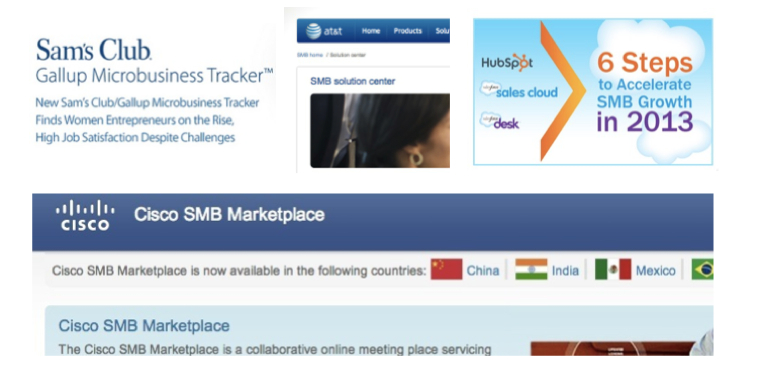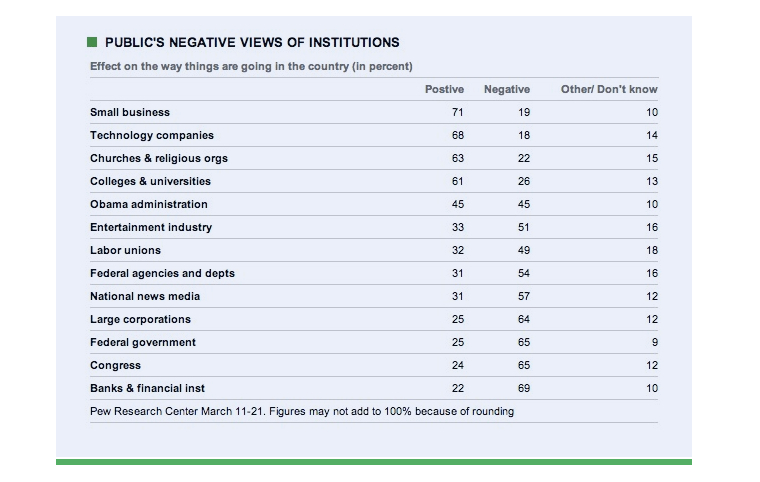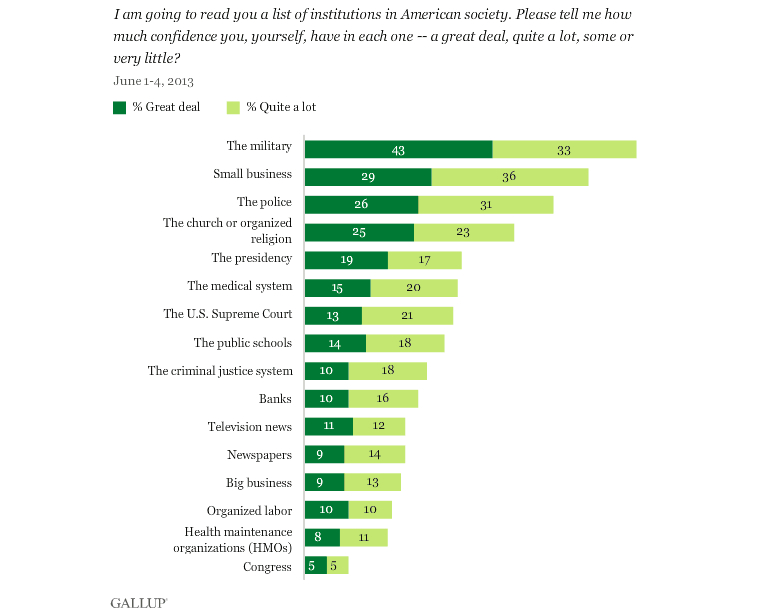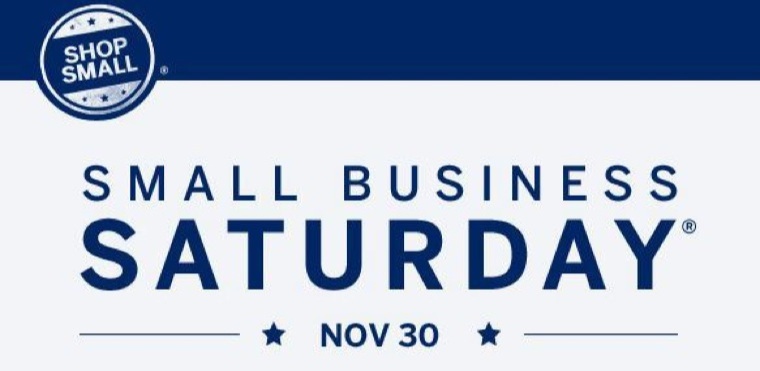(Originally Shared on SmallBusiness.com on April 14, 2014. We can’t say this enough.)
As within any tribe of professionals, it’s normal for those who market products and services to small businesses to develop an inside language of buzz-terms and acronyms as shortcuts for long strings of words or common concepts. As business-to-business marketers can’t do what consumer marketers do when they describe customers as a set of demographics (women, ages 18-21, for example), marketing strategies for reaching small business decision makers tend to describe the customer by the size of a company (revenues or employees), the industry “vertical,” or other factors like location. For that reason, the proxies for consumer-like demographics have evolved into terms like:
- Microbusiness
- Small office/home office (SOHO)
- Small and mid-sized (or medium-sized) business (SMB)
- Small and medium enterprise (SME)
As marketing strategy terms, those labels may make sense. However, if you are not a marketer to small business, but an actual small business, there’s a big possibility that you have no idea what any of those terms actually mean. And even if you did, you’d likely prefer to be described as a small business, anyway.
When strategy words escape the marketing department.
Often by accident, the inside-baseball marketing terms that we use while developing and managing a marketing strategy become so much a part of a marketer’s vocabulary, the terms start creeping into conversations with people who, by the blank looks on their faces, have no idea what we’re talking about. Strangely, that doesn’t stop us from using them. We even start naming products and services with acronyms no one in the target audience ever use (see graphic below).
The problem with using “strategy labels” like SMB or microbusiness when communicating with customers.

Even though it is quite normal to talk in the marketing department with the language of demographics and target markets, if you were a consumer marketer, I doubt you’d ever approve the slogan, “This Bud’s for Males, 21-34.” But that’s exactly what you do when you brand something the “SMB Solution Center.”
When marketing to small business owners and managers, use the labels they use.
Next time you talk with one, listen to how a small business owner or manager describes himself or herself and you’ll never hear an acronym used in their description (unless they are a CPA, or perhaps, an ENT). They’ll self-identify using phrases like, “I run a business” or “I have a bike shop” or “I’m an electrician.” They will use terms like small business or family business or independent business to differentiate their companies from certain types of businesses they know have negative connotations among customers (as I’ll note shortly). Rarely do the people who own and run small businesses, even fast-growing ones, call themselves an entrepreneur. However, in recent years, they’ve stopped correcting others who say they are. While they may admire entrepreneurs, most small business owners think the term refers to someone else.
In three decades of marketing products and services to small business owners, I have never once heard a small business owner or manager describe himself or herself or their companies using any of the following terms: microbusiness, SOHO, mid-sized or SMB.
Small Business owners and managers want their companies to be called a small business because they view it as a competitive advantage

(Click to enlarge image.)
(Source: Pew Research via USA Today, 4/23/2010)
The findings of a 2010 study by Pew Research may shed some light on why a business of any size would like to be identified as a small business. According to the Pew study, Americans trust the institution of “small business” even more than they trust religious organizations and universities.

(Click to enlarge.)
(Source: Gallup, Surveyed: June 1-4, 2013)
In similar research conducted by the Gallup organization last year, “the institution of small business” ranked #2 when the U.S. military was added to the list. Still, the findings show there’s plenty of goodwill in the marketplace for small businesses. To be a “small business” is to be trusted. To be something else is to be less trusted.
The term “small business” has statutory definitions that benefit a wide variety of businesses, and that are baked into thousands of state and federal laws, regulations and administrative codes.
Another reason a small business (or, even a mid-sized one) wants to be called a small business is quite practical and bottomline oriented. The term “small business” appears 996 times in the U.S. Code, the massive collection of all U.S. laws. Here’s how many times the following terms appear in the code: Mid-sized business: 0; SMB: 0, Microbusiness: 0. Unlike the marketing-department strategy terms “mid-sized” “SMB” or “microbusiness,” the definition of small business has been standardized and codified by the U.S. government (and like other government creations, it’s quite complex). Nearly all federal legislation appropriating government funds includes language requiring part of those funds be spent with companies designated (and defined) in the law as a “small business.” For an example, visit this Small Business Set Aside FAQ on the website of the U.S. General Services Administration. Knowing precisely what a small business is can keep a company from being subjected to certain regulations or taxes. Because such things as SBA loans and government contracts hinge on a very precise understanding of what the term”small business” legally means, those who run small businesses don’t devote any time wondering if they fall within the parameters of measurements dreamed up by marketers. Being what the government defines as a small business is more important to them than, say, the desire of Walmart’s Sams Club to redefine a huge segment of small businesses as “microbusinesses.”
Multiply the following by 50 states: The House Committee on Small Business, The Senate Committee on Small Business and Entrepreneurship, The Small Business Administration.

(Illustration: SmallBusiness.com, photo: Google Maps Street View)
As noted in the previous point, the process of codifying the term “small business” has taken place over a period of six decades. Each state and territory uses the term “small business” for agencies, committees and programs. The term small business is actually written in stone on the front of an office building in Washington, DC. (see graphic). From a lobbying standpoint, any strategy that appears to break up the trusted institution of “small business” into smaller segments called “micros” and “mid-sized” would appear to be a divide-and-conquer strategy that could negatively impact the ability of small businesses to have a unified message.
Small Business Saturday

Five years ago, when American Express chose to put its marketing muscle behind the idea of supporting a “Small Business Saturday,” they closed the door on those who might want it to be called Microbusiness Saturday or Small and Mid-sized Business Saturday. In other words, tens of millions of dollars have gone into a campaign that encourages small businesses, of any size, to call themselves a small business on the Saturday after Thanksgiving.
And finally: No one has ever said the following sentence, ‘My goal in life is to one day start and run an SMB.’

(Photo: Joshua Ommen via Flickr)
Again, there is nothing wrong with using any acronym you want when discussing marketing strategy behind closed doors. But when you start using terms like SMB, those who don’t know what SMB might mean will do what we all do: Google it. And they’ll be even more perplexed when they discover that the first several links on the Google search results page will explain to the small business owner that an SMB is a “‘Server Message Block’ that operates as an application-layer network protocol mainly used for providing shared access to files, printers, serial ports, and miscellaneous communications between nodes on a network.”
Of course, if you aren’t a networking engineer, after reading that, you’d still have no idea what an SMB is.
So now you know what it feels like when you call a small business an SMB.
